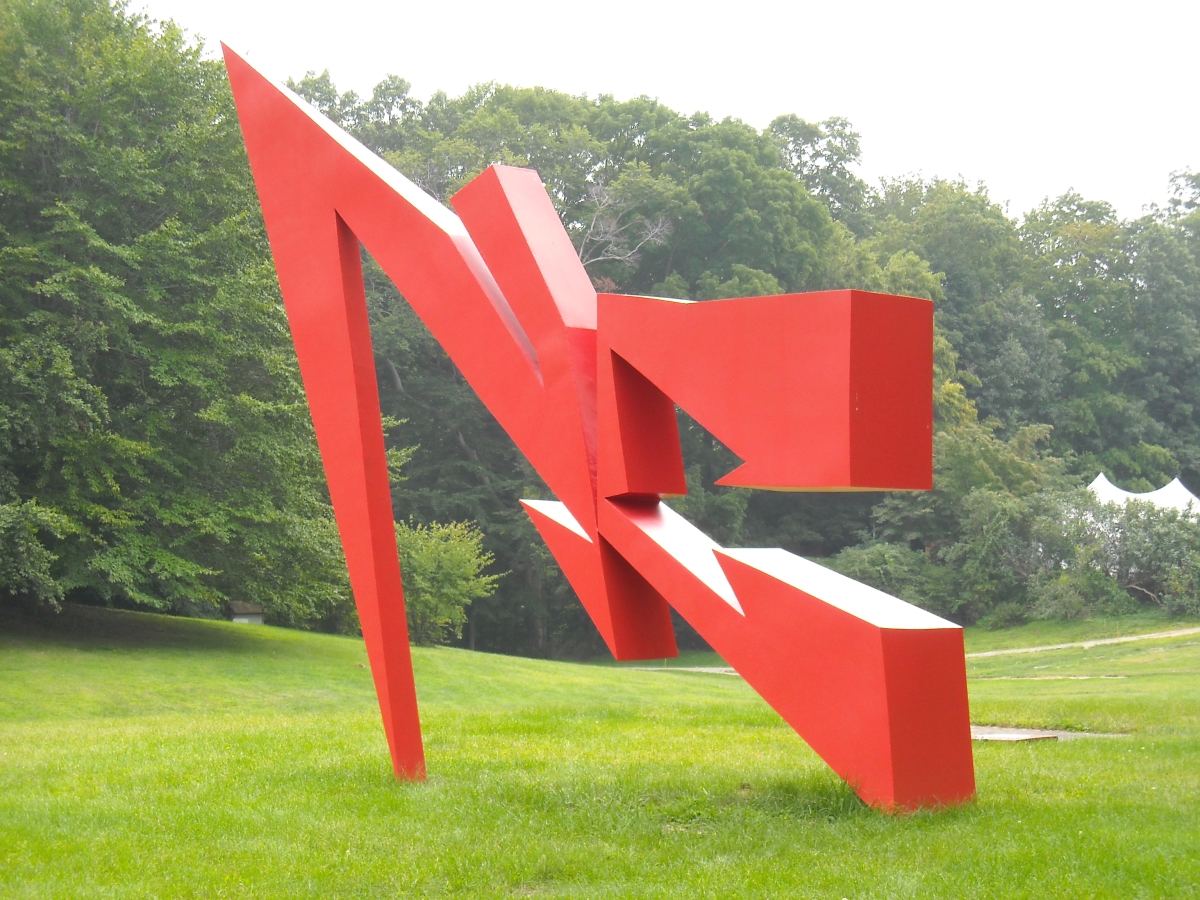
Interview
Artist: Alejandro Dron
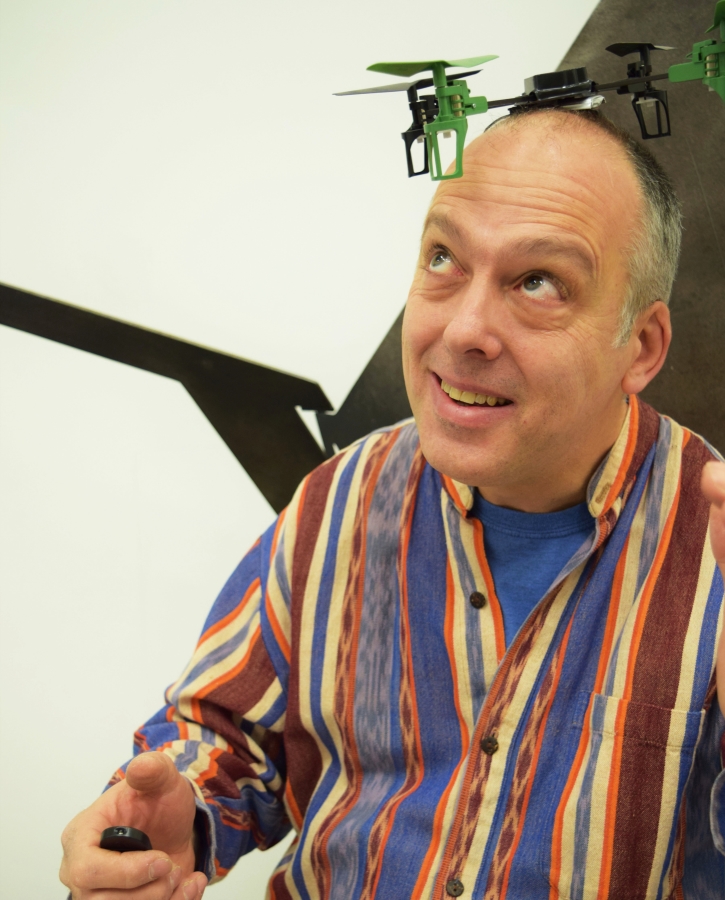
Who were your mentors early on in your career?
The most important one was the Argentinian artist Gyula Kosice, founder of the Madi Movement in 1948. They proposed working against representation, expression, any form of reactive melancholy. They encouraged a proactive, cosmological, joyful approach to the infinite. They came up with the ‘shaped canvas’ in order to oppose the orthogonal foundation of architecture and art, the basis of everything social, political, religious. While ‘Dada’ wanted to destroy, Madi wanted to destroy but at the same time gave an instruction manual on how to build.
How would you describe your personal iconography? Is there something you can look back on and see consistently in your work?
The ‘diagonal’ is my inspiration. I like to think that I walk diagonally. The diagonal is the dynamic compromise of two extremes. Like the 90 degree angle, between the extremes horizontal and vertical lines, life happens diagonally.
Asymmetry is the other aspect that interests me. Ancient Kabbalah and now modern science know that the Big Bang happened as an asymmetric situation out of a symmetric one. Infinity was surprised by an asymmetric event that gave birth to us. Symmetry bores me, I am moved to know more and more about the asymmetric event.
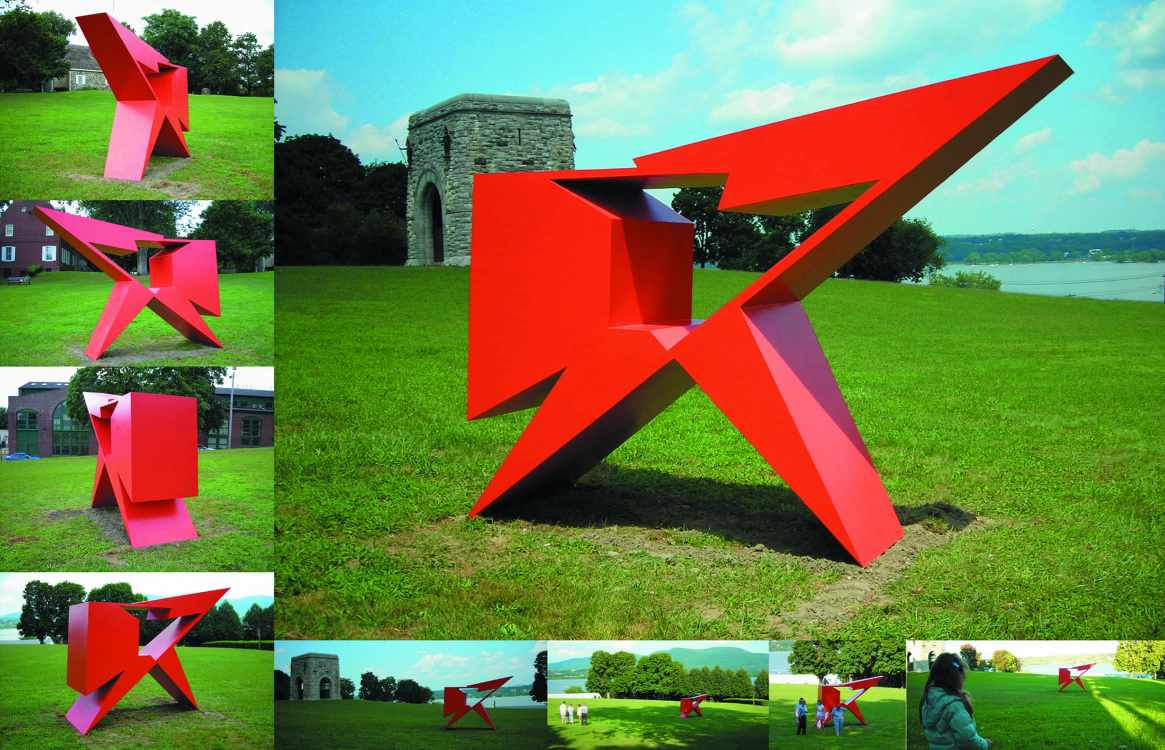
Aleph
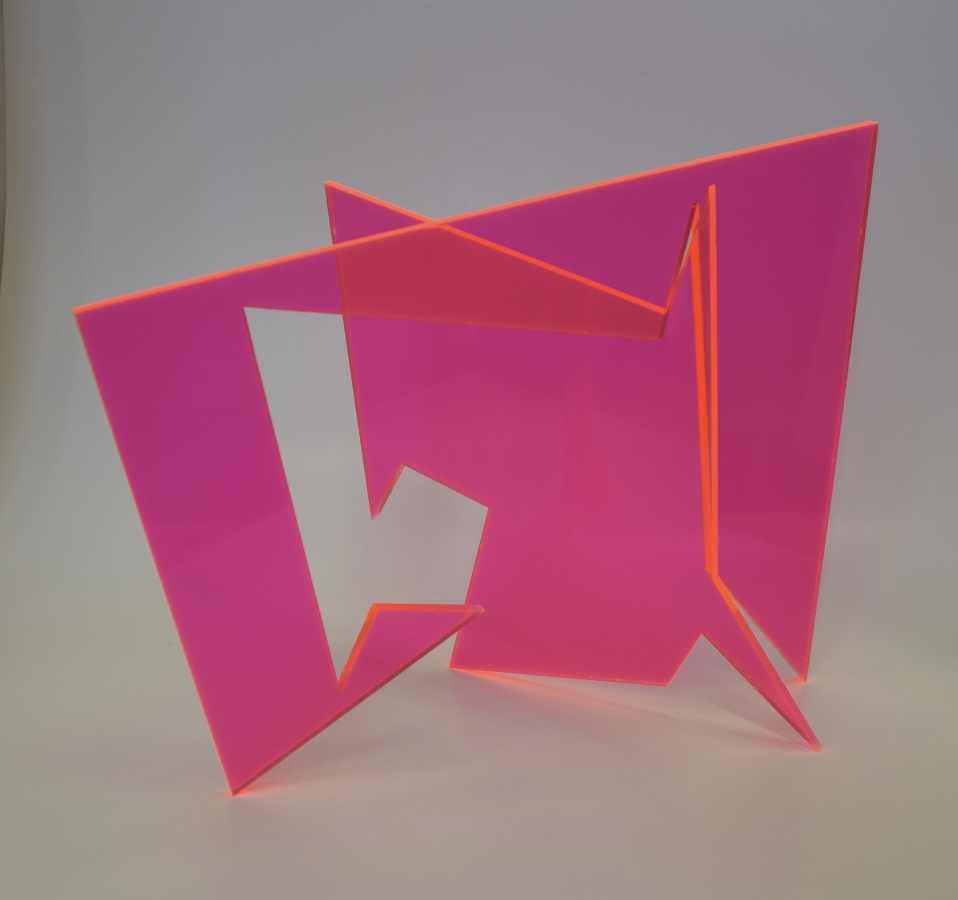
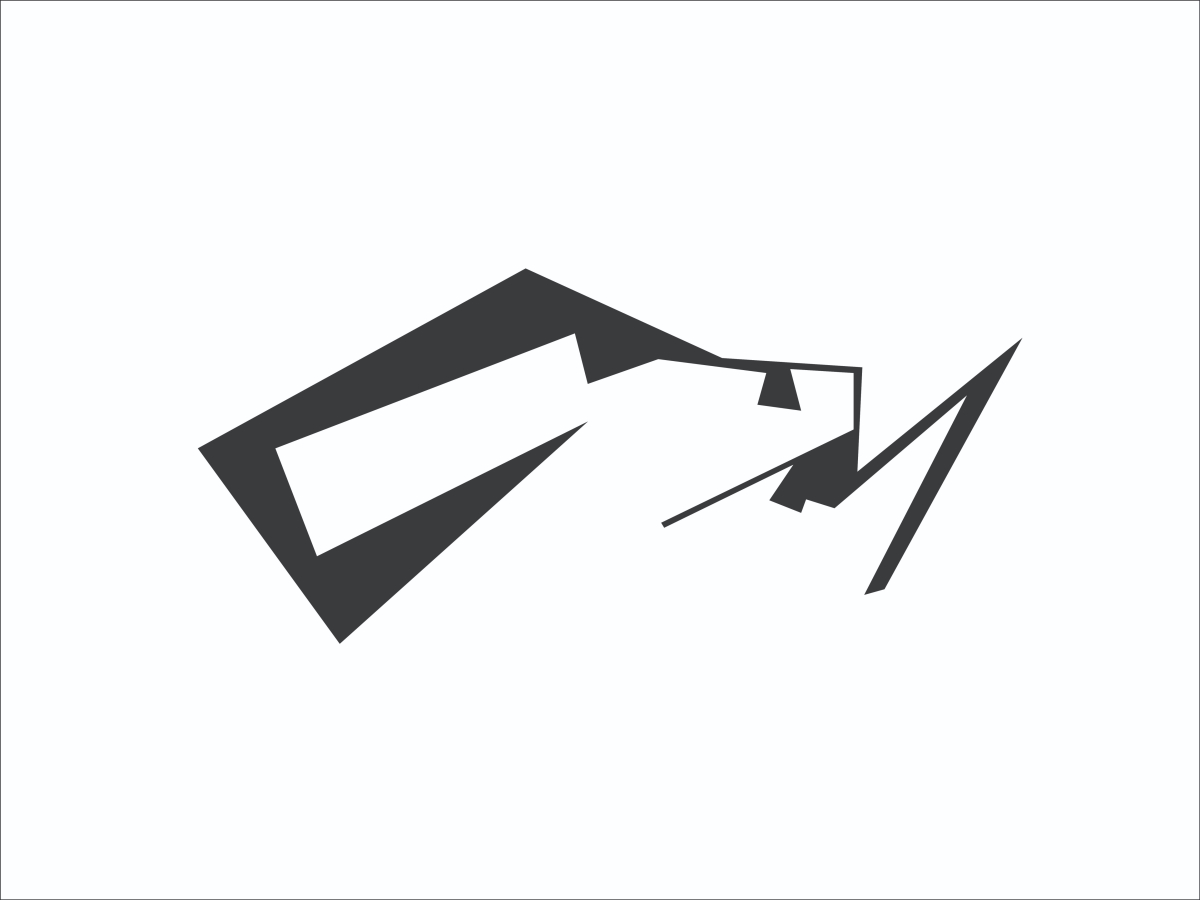
How would you describe the evolution of your work?
I started studying sculpture when I was 10 years old in La Plata, Argentina. Then I continued painting shapes…till I realized that I was more into shapes than color…so I went back to sculpture to liberate those shapes from the 2D field. I went through a strong academic training there and in NY as a teen. When I encountered Rothko and Barnett Newman in NYC, they struck me as a flash of light. The relevance of the message instead of the messenger. They catalyzed my connection with my Jewish roots. Once back in Argentina I was drawn to the cultural identity battle of the 80-90’s and studied pre-Columbian art and the Argentinian Madi movement. Madi was an anti-idolatrous and cosmogonical theory. I started studying Kabbalah, too. All those searches fed my need (to understand) the unknown.
Are your designs more a reflection of your spontaneous thought process?
One can be spontaneous once one has a certain inner peace. That inner peace implies a lot of inner work. Inner peace doesn’t mean being balanced. On the contrary it implies being constantly unbalanced, searching, growing. Going away and coming back. That fluctuation prevents you from being unbalanced, from getting stuck on an extreme, from becoming attached to a dogma. When doubting, searching you don’t have to defend any dogma, being freed from your ego you can now be spontaneous!


You seem fascinated about geometrical shapes but the absence of curves. What is your creative process like?
I work with a reduced language of straight lines. Like the Argentinian magician, who specialized in close-up magic Rene Lavand stated, ‘It can’t be done any slower.’ I like to think of my work in these terms, ‘It can’t be done any simpler.’ Ancient Kabbalah, and modern physics since Einstein, understand the universe as something curved, as part of a unified field. I like to work with straight lines to sign to that unified field. We are fragments, broken lines in search of the unified circle. The integration of line and circle makes a spiral. The spiral is the most accurate representation of how consciousness works.
Can you talk about the rejection of fixed positions in your ‘liminal,’ non-figurative sculptures?
There are not fixed positions in the universe. What is right, left, down, up when we are floating in space? As we were born out of an asymmetry, not only are we constantly in search of a transitory balance, but we are also floating in space with no fixed positions. Funny, isn’t it? What happened is that we created an interface which we could deal with without going crazy, like the computer interface, the desktop, folders, etc.
Concerning art, at the beginning of last century, El Lissitzky in Russia, made paintings that could hang in any position. Many things happened in the arts from then on. Installation art partly developed later from that. In Argentina, for example, in the 50’s the shaped canvas was introduced by Madi. Kosice, its founder, created the Hydrospatial City (now part of the permanent collection of The Museum of Fine Arts, Houston, Texas) and in that city nothing had a fixed position.
I work with foldable structures. The pieces are always becoming. The hinge, an almost invisible device, plays a key role in connecting the parts. Like a question, it connects different answers.
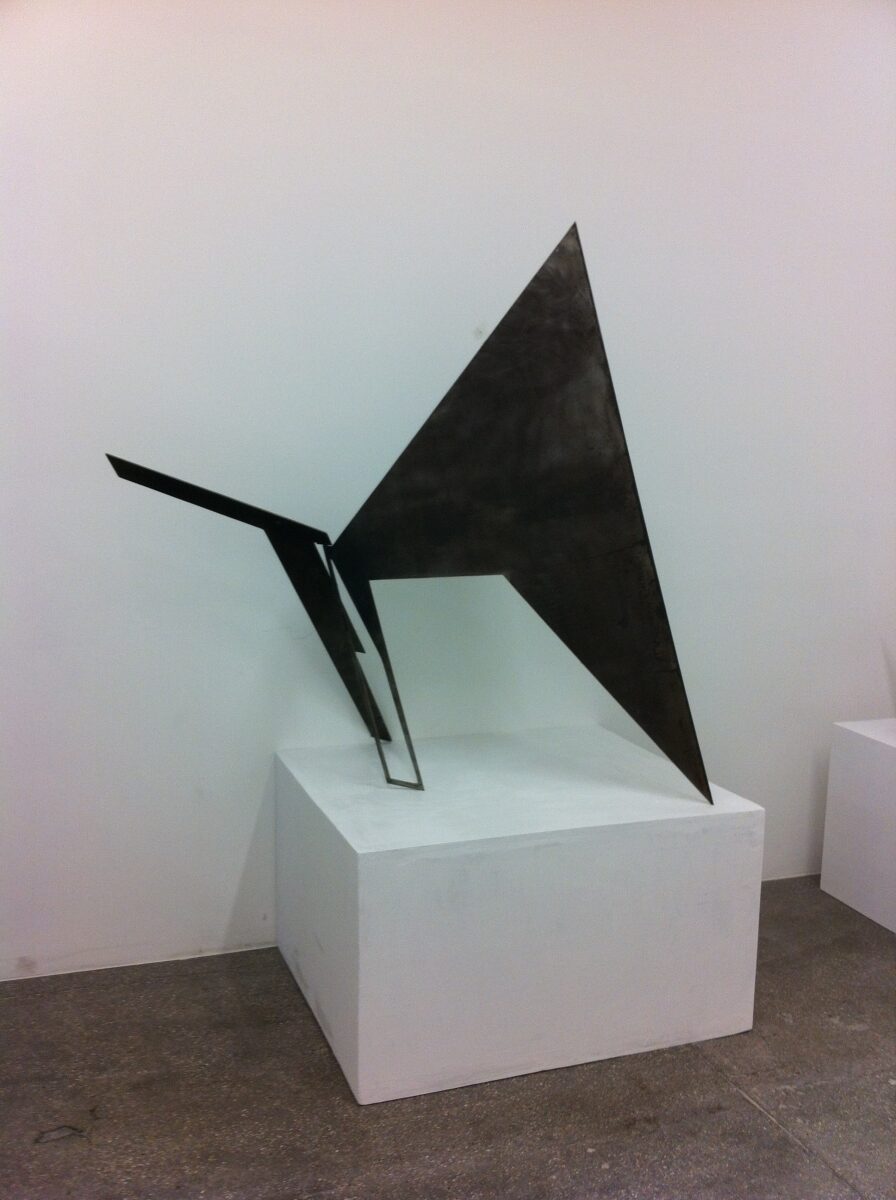
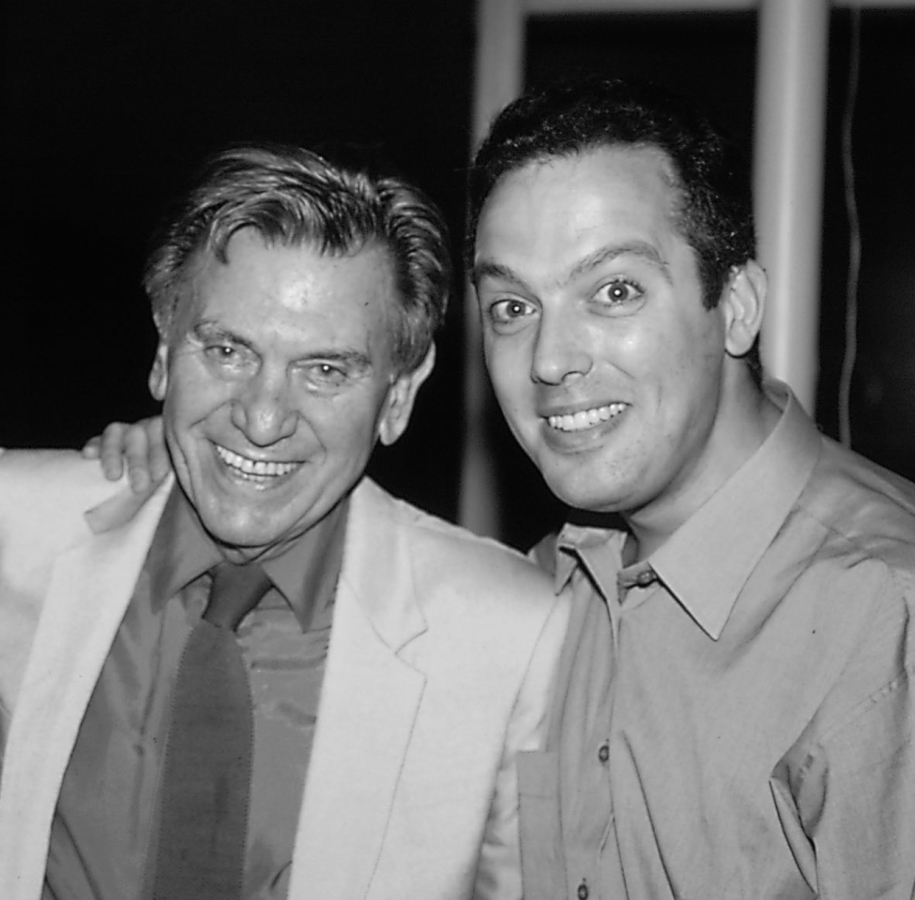
There are thousands of accomplished artists. What does it take to develop your ‘liminal’ work?
I guess my ‘liminal’ works express the healthy practice of doubting. Should it go to the left or to the right? Should I fold it or unfold it? Both ways are the correct answer. That prevents us from falling into an extreme, a dogma. It is a good strategy to avoid the image of security.
What are you currently fascinated by and how is it feeding into your work?
I am currently into how we can promptly create a way to exit this planet. Elon Musk, Robert Zubrin, and other inspirational doers are leading this. We are building a decentralized civilization in case another crazy guy like in World War 2 tries to conquer the entire world or destroy it.
We have prevented information from being seized through the creation of a decentralized Internet. Now we are doing it through alternative energies, AI, biotechnology, the conquest of space, to continue our civilization in other planets in case something happens here. This and our inner spiritual journey are the two big cosmogonical movements that propel our times.
Every sculptor favors a material. What are yours and why?
Wood, metal, cement, paper, Plexiglas…traditional materials. A choice that stems not out of idolatry of essentiality of reality, but the essentiality resides more in the empty space than in the quality or surface of materials.
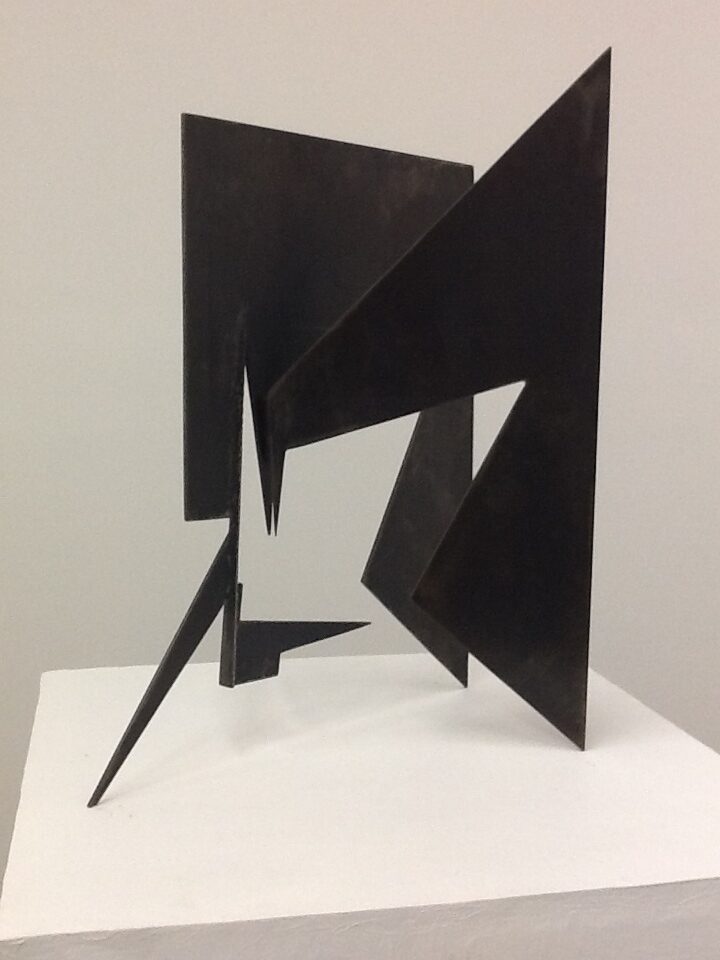
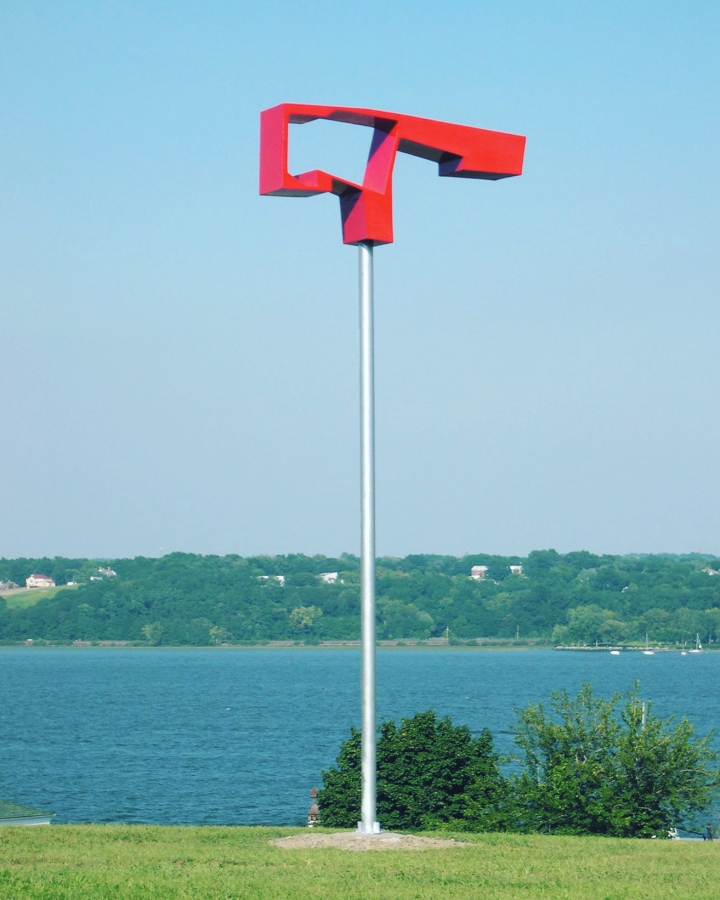
Does a difference in size or scale affect your sculptures’ impact?
Every good sculpture implies a good interlocking between positive and negative space. When that is achieved the sculpture can be scaled to any size. Most big scale outdoor sculptures fail because of this lack of connection between the positive and negative spaces. Often, to hide this lack of connection, the artist enlarges the piece as if that ‘shouting’ would hide the lack of connection. The result is a cartoon. The connection or lack of it reflects the quality of the art.
Do you ever reach a point where you realize your idea is not feasible?
If I decide to build something it means that I determined that it is connected with its surrounding empty space. More than that, it needs to be functional to the empty space. The empty space, just like with poetry, are the true ‘managers.’

Left Anish Kapoor, right Alejandro Dron
Who is your favorite musician or band?
Several types of music inspire me. Bach, Vivaldi, Beethoven, Mozart. Osvaldo Golijov. The harmonica instrument by Hugo Diaz. Lito Nebia , Moris, Piazzola, The vagualas (Andean songs), Klezmer music, the 70’s with Aretha Franklin, Jim Croce and others.
Do they inspire you to create?
Yes, indeed. Also, silence could be the best environment to be inspired.
Your favorite quote is …
‘It is syntax that reveals the individual’ by Edmond Jabes.
In art like, in real life, I’d rather observe how a person combines the words, sentences, bodily movements, actions than to focus on the skin color.
https://www.instagram.com/alejandrodron/
Editor: Lisa Portscher